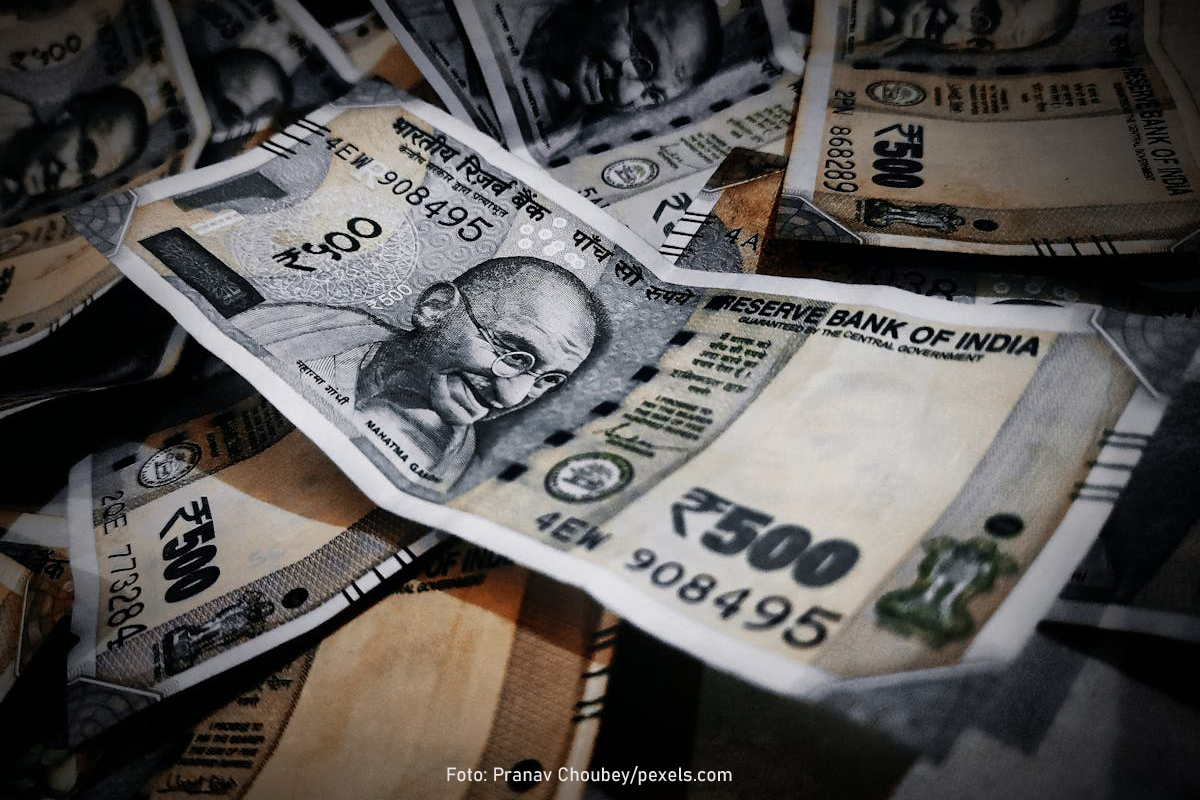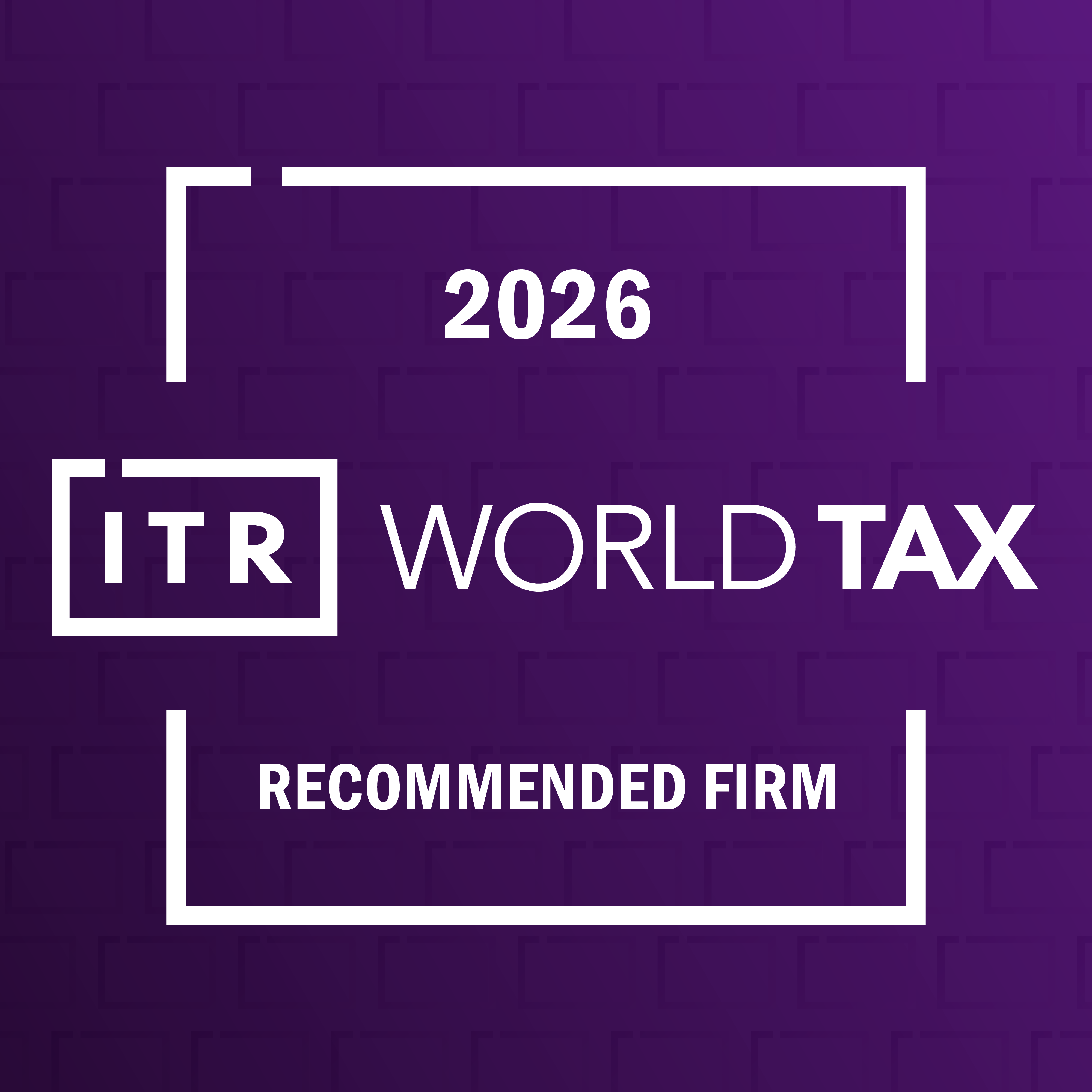The Non-taxable Income Threshold Increased, India's Middle Class Gets Tax Exemption

JAKARTA. India’s middle class is set to receive additional tax incentives after Minister of Finance Nirmala Sitharaman announced an increase in the non-taxable income threshold (PTKP) to 1.2 million rupees.
This amount is equivalent to IDR 225.6 million, assuming an exchange rate of IDR 188 per rupee. Previously, India’s PTKP limit was set at only 700,000 rupees, or around IDR 131.6 million per year, based on the same exchange rate.
According to BBC.com, the income covered under this tax exemption does not include earnings from capital gains.
Boosting Purchasing Power
This policy aims to strengthen the purchasing power of India’s middle class amid weakening consumption.
Additionally, the Indian government hopes that the middle class will have more room to increase their savings and investments.
Meanwhile, India’s government projects economic growth of 6.4% in 2025.
This growth rate remains below the level required to make India a developed country by 2027, which would need an 8% growth rate.
Potential Tax Revenue Decline
However, with this incentive, the Indian government faces the consequence of reduced tax revenue.
According to a Bloomberg report, as cited by Bisnis.com, the total value of incentives to be disbursed by the Indian government under this policy is expected to reach 1 trillion rupees.
It is estimated that this incentive will impact 10 million Indian citizens. As a result, the total number of people covered under the new PTKP threshold will reach 60 million, or 74% of all taxpayers.
Despite the potential revenue loss, the Indian government remains optimistic about maintaining its budget deficit at 4.4% of GDP, which is lower than the initial target of 4.5% of GDP. (ASP/KEN)


